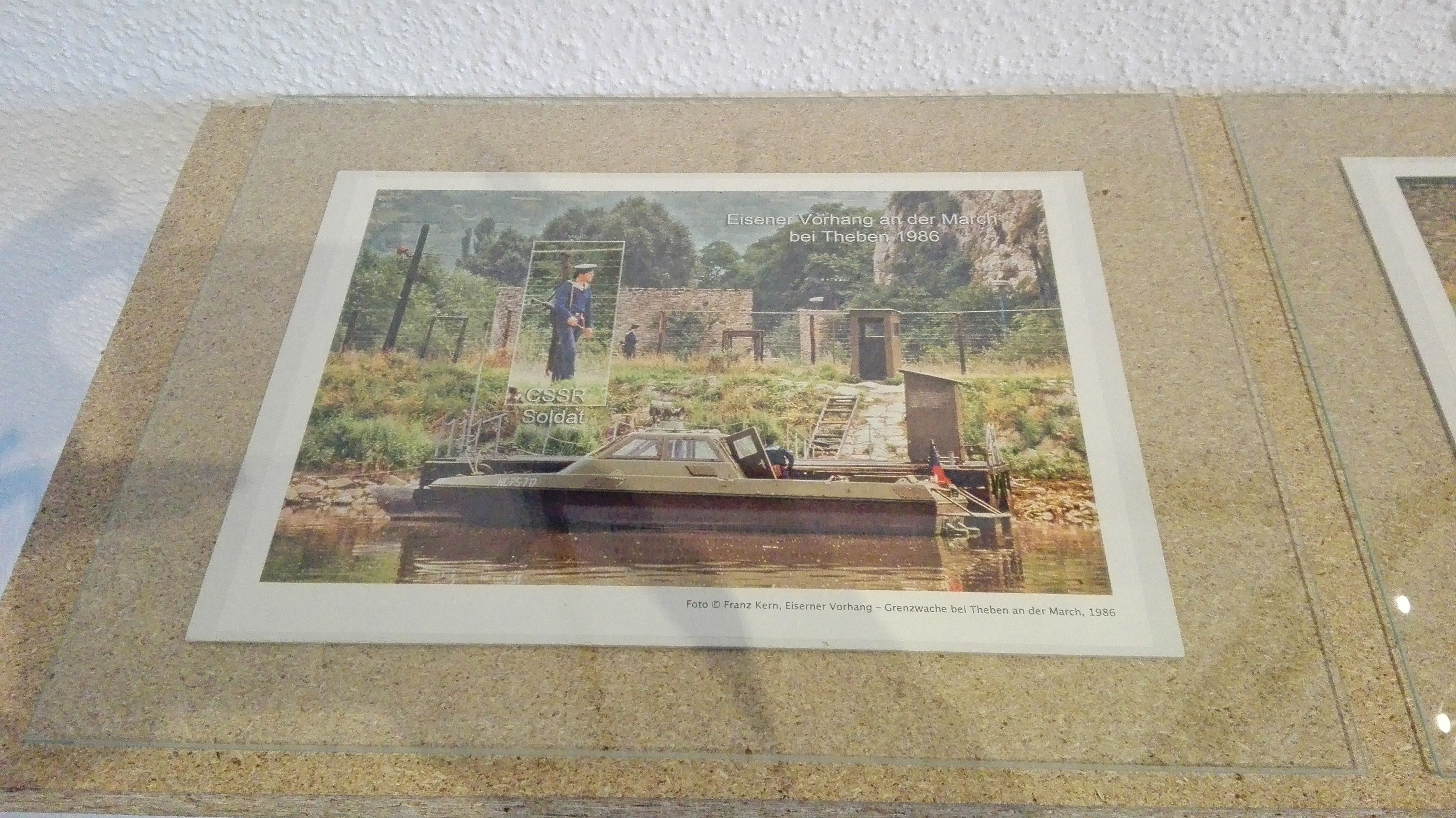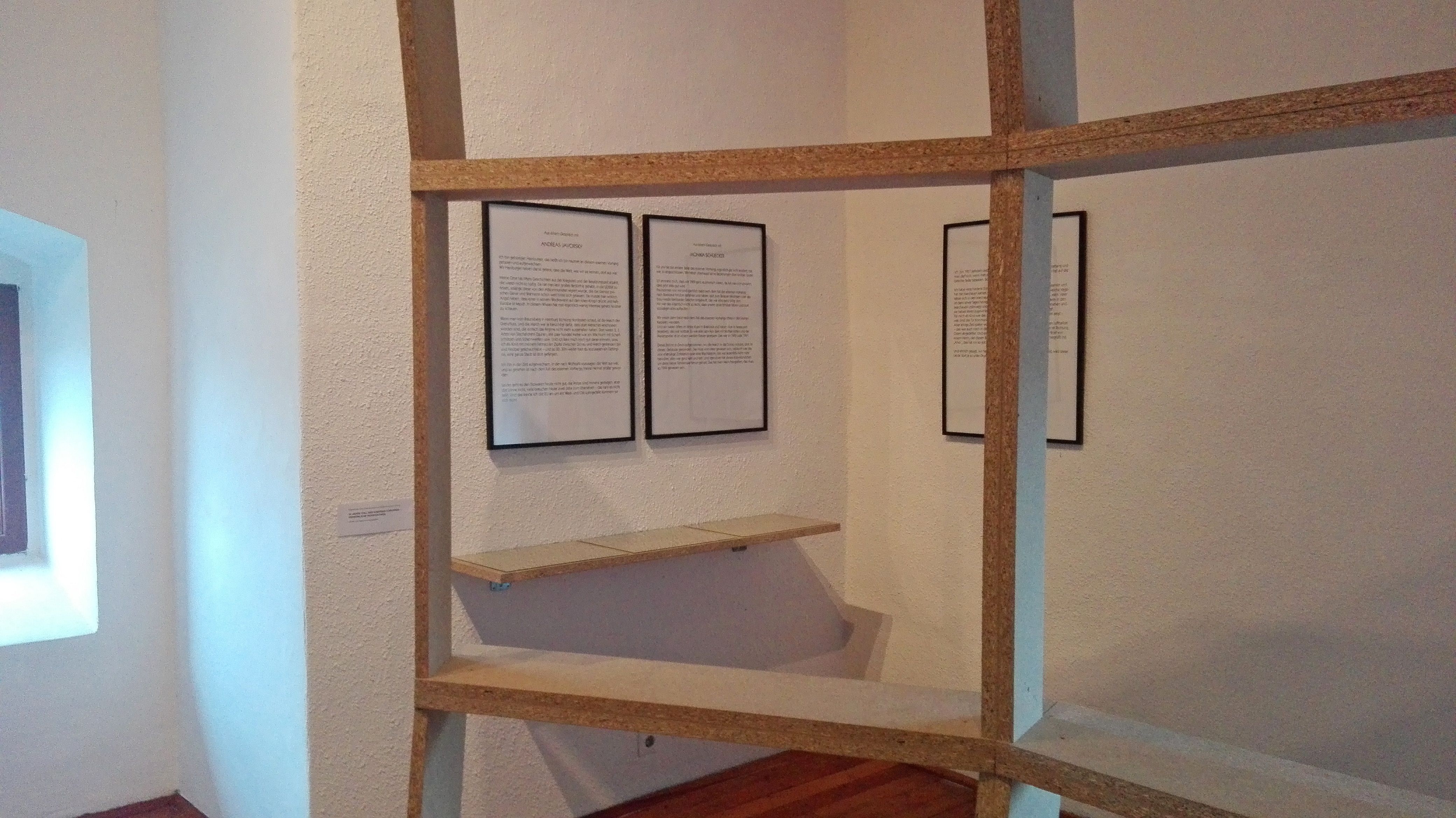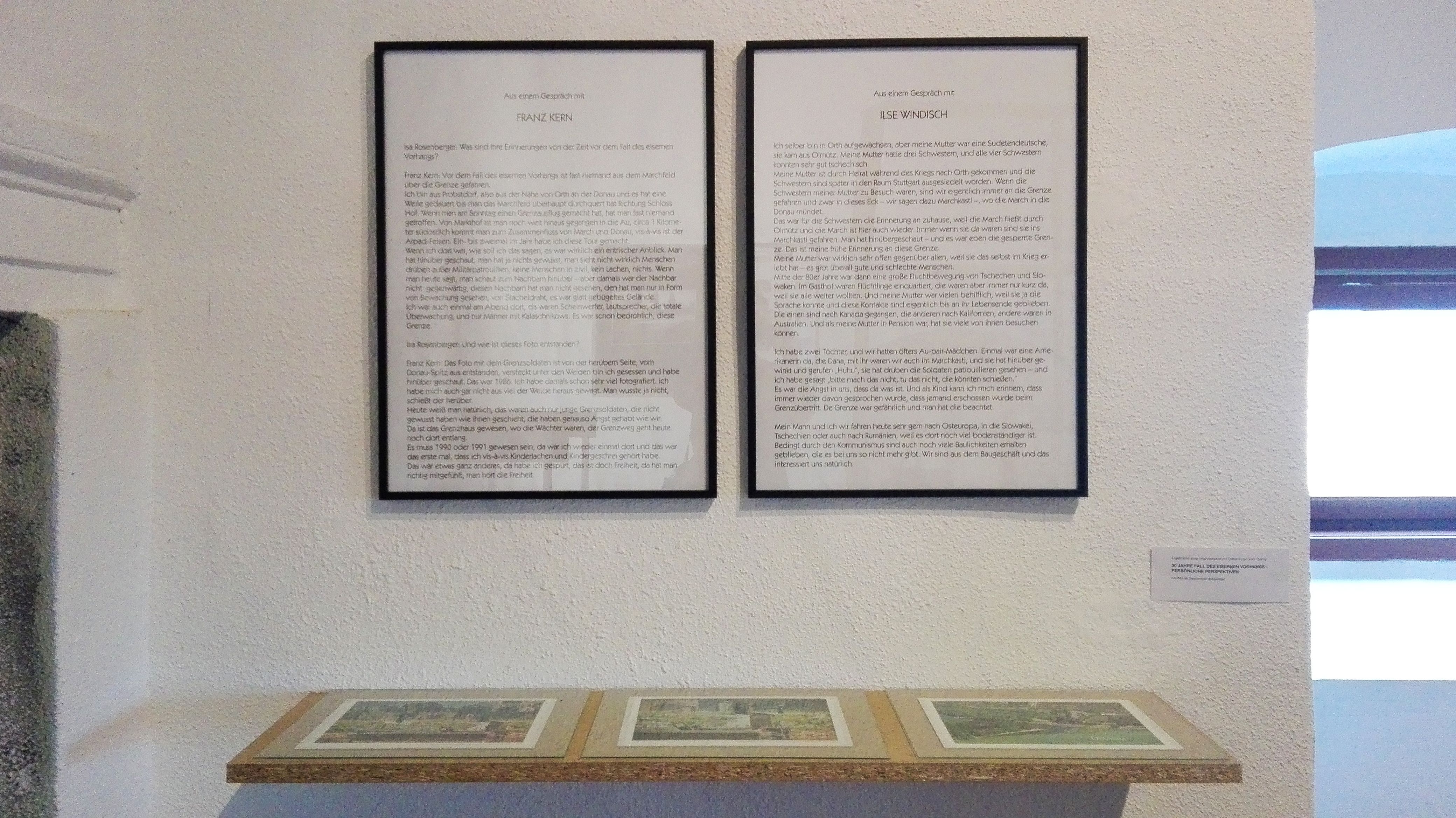Isa Rosenberger
:
Nový Most (New Bridge)
Back
Information
The opening of the Nový Most (Slovakian for “new bridge”) on the Danube in Bratislava in 1972 was an event of local and national significance. At the time, Bratislava was merely the capital of a province in Czechoslovakia. Isa Rosenberger’s video with the title Nový Most gives us insight into various personal perspectives regarding historical moments of remembrance. The 17-minute-long video opens with historic film footage taken from public television in which the bridge’s construction was celebrated as a technological marvel. Rosenberger’s film, however, diverges from this to show the construction of the bridge from a personal point of view during that time (the film was made in 2008) in the form the biographical narratives of three women. A mother, daughter, and granddaughter—all born between 1928 and 1978—talk about their thoughts and memories of this “project of the century.”
Although Rosenberger approaches the three protagonists with much empathy and restraint, she does not shy from delicate subjects, such as the hierarchical relationship between the former East and West, and the supposed sovereignty of the West. The film is also characterized by an attempt to make political processes of transformation palpable from a subjective point of view, while at the same time transcending—or bridging—the borders of imagination and collective myths. The bridge serves as a multifaceted metaphor in that it not only connects the two banks of the Danube; it also serves as the starting point for the women’s narratives. Looking at the view from the bridge, their eyes wander toward the West; moments of yearning mingle with sentimental memories and glimpses of personal history. The collateral damage caused by the bridge’s construction—parts of the Baroque old town had to be destroyed—are also addressed. The bridge becomes an ambivalent symbol for a new era in which geographical obstacles are overcome with the greatest ease. It is a futuristic, technological showcase design, but also a problematic construction project from the communist era that meant the destruction of the historic old town, with its historic Jewish neighborhood and synagogue. It is also a structure that still serves its original purpose and is visited by people who appreciate Eastern modernist architecture from the bygone era of state socialism.
In another a series of photographs with the title Ružinov (2009), Rosenberger addresses the meaning of “Iron Curtain” as a term also used to describe the curtain (also called a safety or fire curtain) in theaters that separates the stage and orchestra pit from the audience. In this work, she focused on the neighborhood of Ružinov in Bratislava, where a modernist fountain from the 1960s has since become one of the many “blank spaces” in the urban realm. As in Nový Most, the artist asked contemporary witnesses to share their thoughts about this architectural monument produced by recent urban history. She then wrote a script for a play that acts like picture captions accompanying the photographic part of the work. In this way, the idea of the stage, the practice of presentation, and performative strategies in general all became pieces of a multifaceted puzzle in which history was staged, restaged, reenacted and made contemporary. In the same vein, the Nový Most exhibition in museumORTH negotiates our view of the geopolitical border between East and West—or rather West and East—in the form of an architectural frame-like structure that evokes the shape of the UFO restaurant on the Nový Most in Bratislava.
In another element in the exhibition, Isa Rosenberger transformed the lookout toward the West featured in the film into a unifying, border-transcending view in the opposite direction: from Orth toward Bratislava. This perspective was also the subject of a workshop the artist organized with six participants from Orth in which she transcribed their stories, some of which were very touching, from the era before the fall of the Iron Curtain. She then presented these as photographs and texts documenting recent local oral history. These documents have since become part of SchlossOrth’s permanent exhibition in the form of a poster installation.
Patricia Grzonka
Contributors
- Kuration



